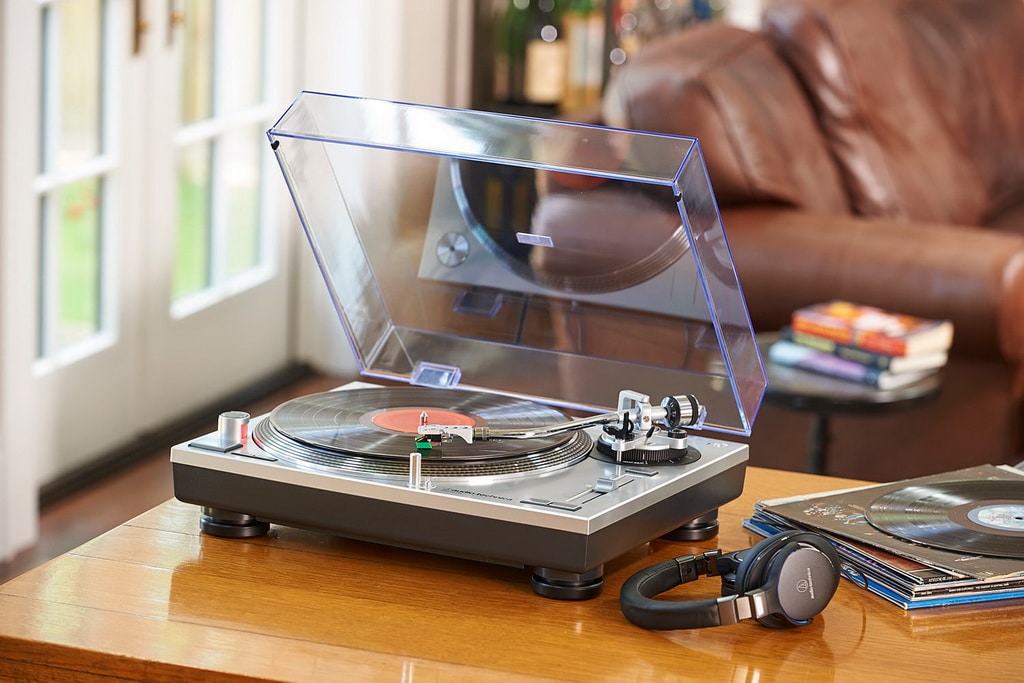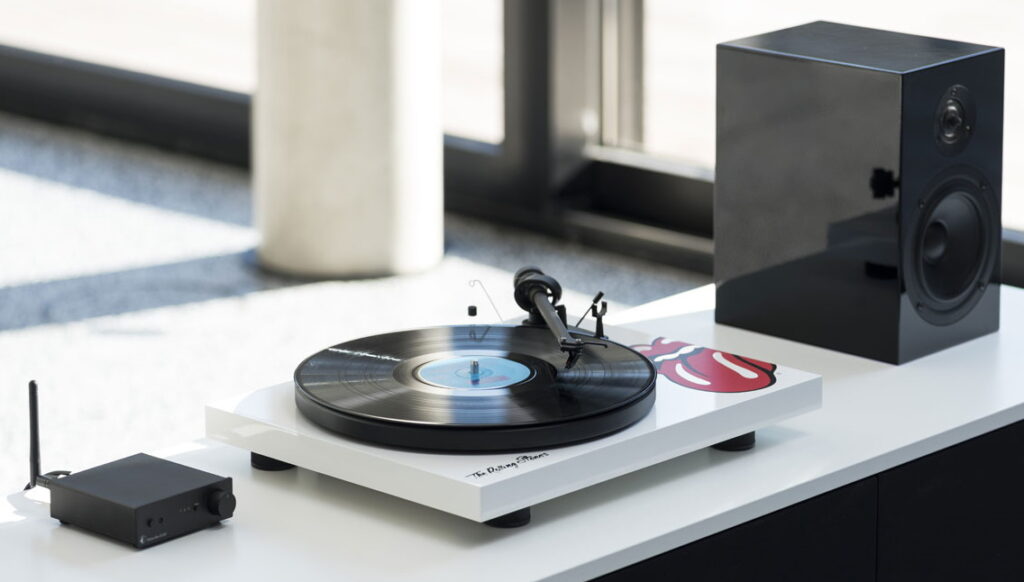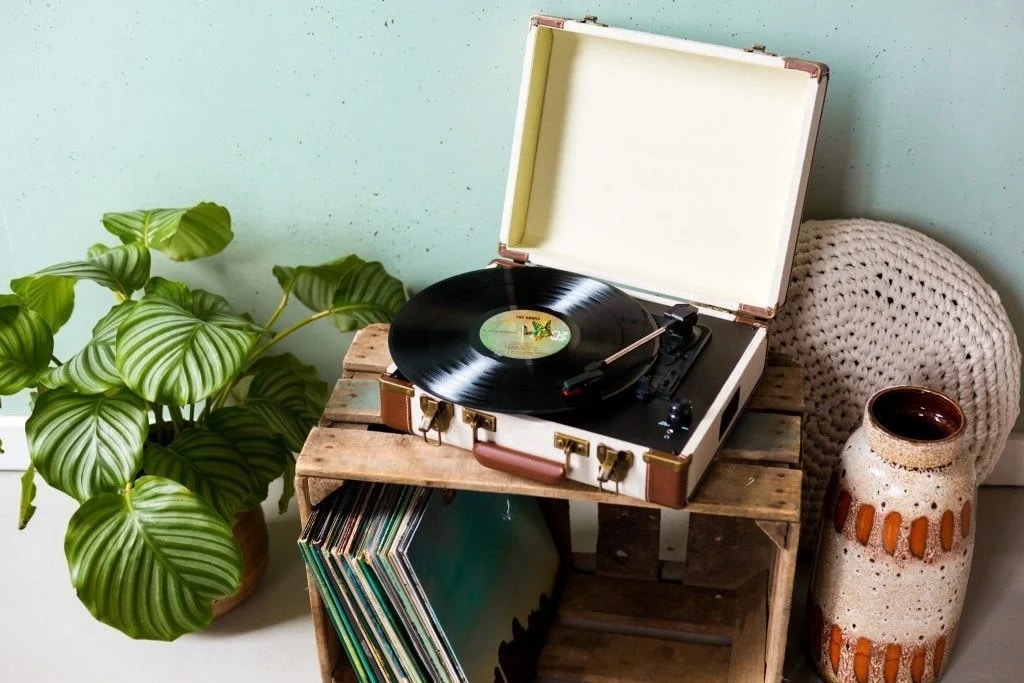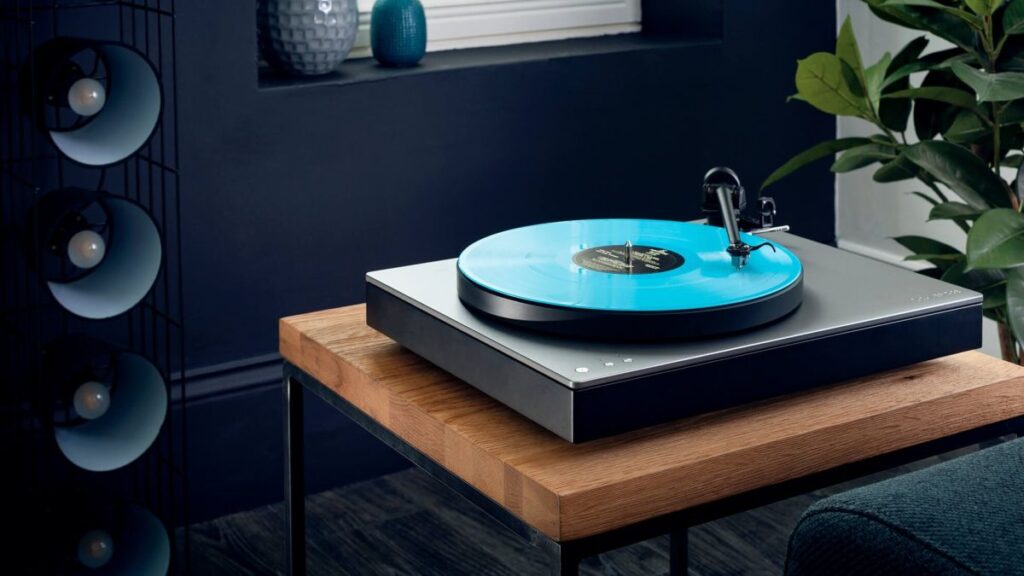Hardly anyone thought at the end of the 20th century that “outdated” gramophone records would be actively used by music lovers in a couple of decades, sending more modern CDs to the dustbin of history today. But how does vinyl record work? The sale of vinyl records Trusted Source • Chart: The Vinyl Comeback Continues | Statista Continuing one of the more surprising comebacks of the digital age, vinyl album sales in the United States have grown for the 16th consecutive year. And not only that, LP sales jumped by more than 50 percent in 2021, surpassing both digital and CD album sales. According to MRC Data, 41.7 million LPs were sold in the U.S. last year, up more than 45-fold compared to 2006 when the vinyl comeback began. www.statista.com not only did not stop but has continued to gain momentum. Today, even indie bands, mostly releasing new albums only for releases on numerous digital platforms andhaving completely forgotten about audio cassettes and CDs, are printing vinyl in tiny editions for connoisseurs. Playing music from vinyl is not only a separate kind of pleasure but also something of status. However, we’ll come back to this later. Let’s start with our primary question.
Once in response to a request to explain the principle of operation of a vinyl record “on the fingers”, a familiar musician, after thinking for a few seconds, suggested imagining the most ordinary comb. Indeed many of you have ever passed along its teeth, if not with a ruler, then with the very same finger. So, the vibrations generated in the process of such a movement, made with sufficient speed, are somewhat similar to extracting music from vinyl. Only a classical comb has all the teeth of the same length, which gives a uniform sound, and the irregularities of the plate encode it. For those who are not satisfied with this simplified explanation, below are a few more words to describe the action of vinyl in detail.
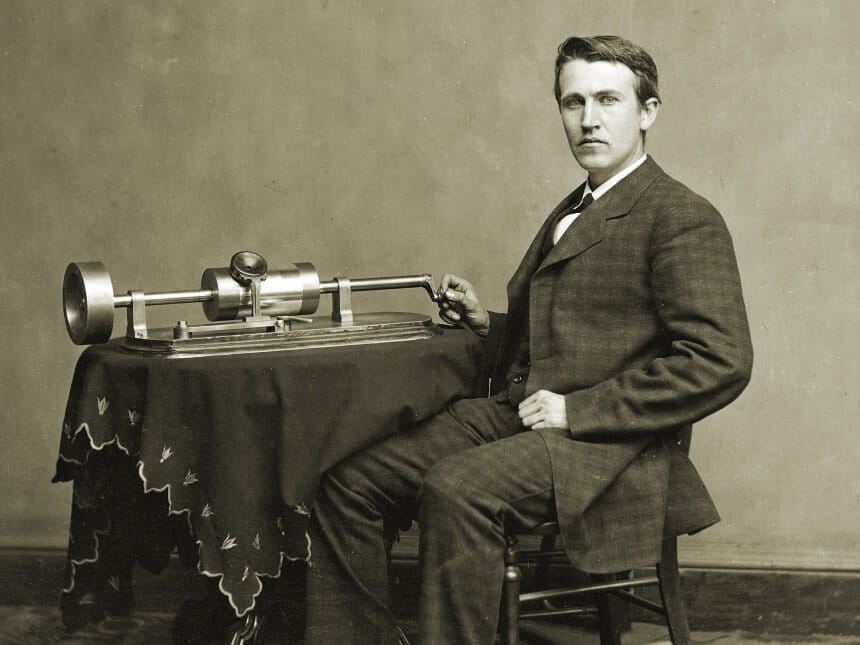
In 1878, the American engineer Oberlin Smith in his article for the first time, proposed the design of an apparatus in which the
phenomenon of magnetism
Trusted Source
History of sound recording - Wikipedia
The third wave of development in audio recording began in 1945 when the allied nations gained access to a new German invention: magnetic tape recording. Magnetic tape provided another dramatic leap in audio fidelity—indeed, Allied observers first became aware of the existence of the new technology because they noticed that the audio quality of obviously pre-recorded programs was practically indistinguishable from live broadcasts.
en.wikipedia.org
was used to record a sound signal. According to the inventor, such a device would increase the recording volume since there would be no mechanical noise in the recording (the noise of a needle scraping along the surface of the carrier). In the 30-40s. In the 20th century, reel-to-reel tape recorders developed, and there were already portable models from the late 50s. – cartridge, and from the end of the 60s. – cassette. Digital tape recorders appeared in the late 70s. Magnetic tape has opened up a host of new possibilities for manipulating sound for musicians, composers, producers, and engineers.

If you examine a vinyl record’s surface under a microscope at 1000x magnification, you can see that there are uneven grooves on it. It is by moving along them that the pickup stylus reproduces the recording. The principle of operation of a vinyl record is based on this.
Depending on the pattern on the walls of the soundtracks, vinyl can be stereo or monaural. The grooves in stereo vinyl are designed in such a way that the sound they reproduce is picked up differently by the left and right ears. This is because different patterns are applied to the right and left walls of the grooves. They look the same on monophonic records, and the groove itself is shaped like the Latin Letter V.
In addition, quadraphonic vinyl is isolated, information on which is recorded on two rear and two front sound channels. Despite the fact that it can be used to convey the volume of a musical composition, it has not received widespread use. This is because playing quadraphonic records requires expensive turntables and four-channel amplifiers.
The sound recorded on the vinyl record is reproduced using a stereo head. It is equipped with two piezo crystals located perpendicular to each other and in relation to the plane of the plate – at an angle of 45 degrees. When moving along the grooves’ uneven surface, the pickup stylus picks up shocks from the right and left and begins to vibrate and transmit vibrations to the transducer. A transducer, which looks like a membrane, transmits sound to the amplifier, making it louder and more spacious. On modern equipment, the sound is transmitted to the phono stage, from it to the amplifier, and then to the speakers. Many record players with speakers can be found on the market at a reasonable price.

Modern records are made from a mixture of vinyl chloride-vinyl acetate copolymer. As such, special additives are used to give it certain mechanical and temperature properties. Two-stage mixers are used to deal with powdery components.
The first stage in the production of vinyl records is the cutting of the varnish, or the engraving process itself. To do this, the soft varnish is etched with a special vibrating needle, after which a layer of metal is applied to it and sent to the manufacture of stamping plates. This is followed by mastering – vinyl cutting. This uses a mixing console. It is connected to a device that cuts tracks on a varnish disc and plays back the original recording.
The finished lacquer disc is coated with a thin layer of silver or nickel solution. When solidified, a varnish source (negative) is printed on this layer, which is used to create a matrix. A press is created from the latter, which is later used in replicating records. Several thousand copies are made from two such presses, after which the process is resumed.
The heated vinyl enters the shop immediately with labels attached at the top and bottom. Next, the molten vinyl is pressed under pressure up to 100 atmospheres, which results in a vinyl record. After hardening, its edges are cut off. After pressing, the records remain warm and subject to deformation for a long time. To protect them from damage, they are placed in special containers and covered with a load, where they are cooled and become flat.
During the production process, samples of records must be checked for sound and the presence of errors that may arise during the manufacture of a press or matrix. After verification, replication of the record begins.
The relevance of vinyl records to date is a testament to how important it is to the music industry. It is important for DJs and enthusiasts of music to get good players that will keep the quality of music they play. If you want to get a top-notch vinyl record player that will guarantee quality sounds, Crosley CR42D-PA Lancaster is highly recommended. It has been validated by a team of independent experts as a record player to give value for whatever amount that you invest into it. You should also check out the list of remarkable all-in-one record players available today to be convinced of your choice.

High-quality digitizing is impossible without a turntable, phono stage, analog-to-digital converter with a USB connector, and installed software on your computer. Among the programs that will help to carry out the transfer of analog sound to digital are the following: Pure Vinyl, VinylStudio, Audacity, the latter of which is free.
Before you start digitizing vinyl records, check the settings of the player since the final recording quality depends on each nuance. Transferring tracks from vinyl takes exactly as many minutes as they last, that is, in real-time. Therefore, you should be patient and set the minimum playback volume to avoid resonance with the speakers.
It is also recommended to clean the dust plates as each creak will be digitized. When you start digitizing, set your disc space to a high resolution, typically 24 bit / 96 kHz. Information about each song must be entered manually, as well as the album cover image if you see fit. However, we recommend that you do not skip this step, as it will help organize the process, especially if you are digitizing more than one plate.
Do not be alarmed if the computer points you to unrecognized melodies. Rewrite them each into your own track. Also, be sure to back up one or two digital library backups because if the system fails, you will have to go back to the very beginning of digitization.
Here are all the tips that will surely help you when transferring the analog recording to digital format. Enjoy listening to your favorite songs!
The continued relevance of vinyl record players even in the digital world shows what a piece of high-quality equipment it is and will continue to be. After learning how vinyl records work, you can get your vinyl record player. For instance, the ION Audio Air LP is another option picked by our experts and is available at a competitive price.
